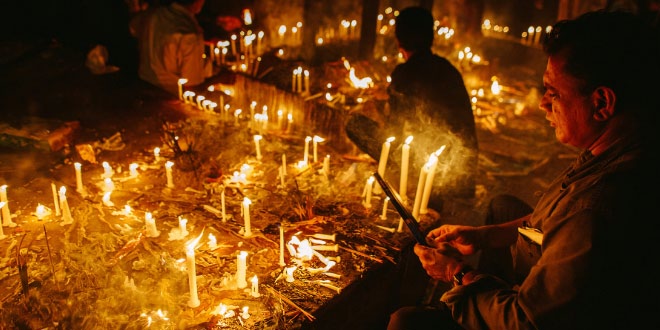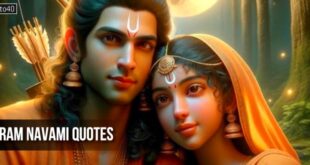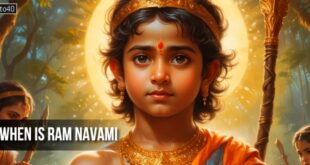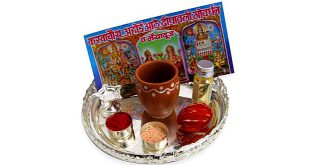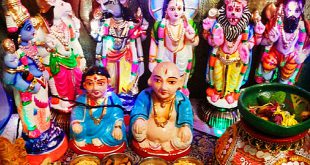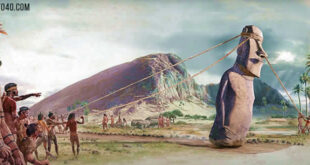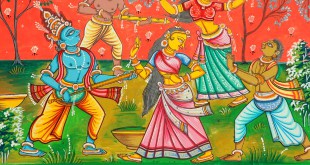In cities, especially, candles are substituted for diyas; and among the riches, candles are made to substitute for fashionable and classy neon lights.
The celebration of the festival is customarily accompanied by the exchange of sweets and the explosion of fireworks. Diwali is an occasion for cheerfulness and togetherness.
This is an occasion for young and the old, men and women, rich and poor – for everyone to celebrate. Irrespective of their religious and economic background, the festival is celebrated throughout the country to ward off the darkness and welcome light into life as light is always associated with hope for the future Diwali is celebrated 20 days after Dussehra, on Amavasya – the 15th day of the dark fortnight of the Hindu month of Ashwin (Aasho) (Oct/ Nov) every year.
Diwali celebrates Rama‘s homecoming, that is his return to Ayodhya after the defeat of Ravana and his coronation as king.
The legend related to the festival is that King Dashratha had three wives namely Kaushalaya, Keykayee and Sumitra and four sons Rama, Bharat, Laxmana and Shatrughan. Rama was the son of Queen Kaushalaya and Bharat was the son of Queen Keykayee. Keykayee wanted Bharat to be the next King of Ayodhya, while King Dasharatha wanted Rama, his eldest son to be the King. But Keykayee made full use of the two wishes King Dasharatha had promised. Keykayee asked for sending Rama to exile for the period of fourteen years and to crown Bharat as the king, though Bharat refused to accept the kingship.
During that time Lord Rama fought and won fierce battle in the southern part of the Indian sub-continent, killing the king of Demons, Ravana who had forcibly taken away his wife Sita. Diwali marks his victorious return to his kingdom along with Hanuman, the Vanar who helped him in achieving success.
The legend states it took 20 days for Rama to return to his kingdom after defeating Ravana. As with other Indian festivals, Diwali signifies many different things to people across the country. In north India, Diwali celebrates Rama’s homecoming from fourteen years of exile that is his return to Ayodhya after defeating Ravana and his coronation as king; in Gujarat, the festival is celebrated to honor Goddess Lakshmi, the goddess of wealth; and in Bengal, it is related with the Goddess Kali. But everywhere, it is celebrated with the same spirit and signifies the renewal of life.
Diwali is one of the most celebrated festivities in the Indian culture. Uniting all members of the community, young and old, rich or poor, the lighting of the lamps represents a way of paying obeisance to God for attainment of health, wealth, knowledge, peace and valoured fame People give expressions to their happiness by lighting earthen diyas and decorating the houses to welcome Lakshmi – the Goddess of wealth and prosperity, bursting fire crackers and inviting the near and dear ones to their households for partaking in the luxurious feast. The lighting of lamps is a way of paying obeisance to God for attainment of health, wealth, knowledge, peace and fame and it also signifies goodness. It is also marked as the beginning of the Hindu New Year and as a brand new beginning for all. Diwali is celebrated for five days, each day having it’s own significance, rituals and myths.
 Kids Portal For Parents India Kids Network
Kids Portal For Parents India Kids Network
